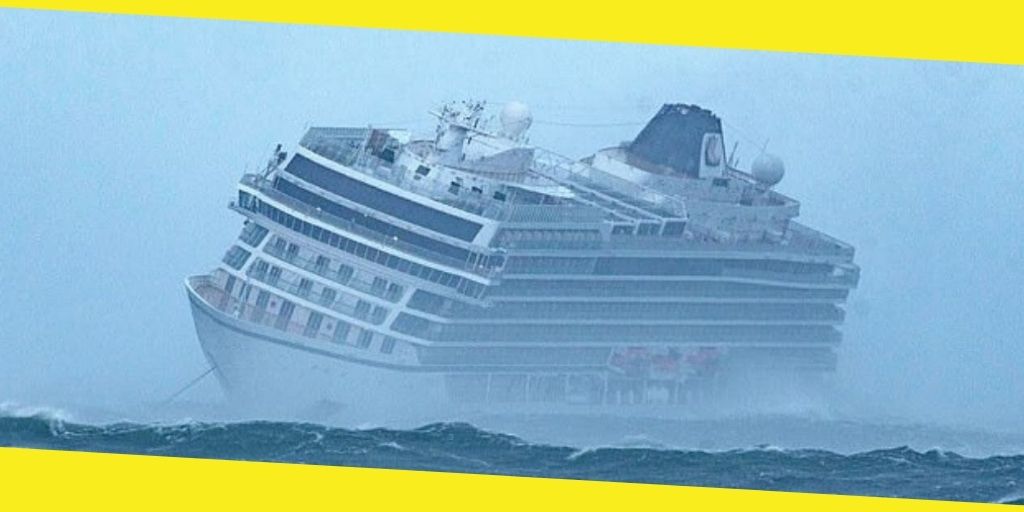
We can all agree, hurricanes can be very scary and intimidating. They’re natural phenomena that are birthed from the warm moisture of the ocean, the bending of the wind and some friction. It’s all science and a bit of luck, because even if all of these ingredients come together, a hurricane may not form. And if it does form, there is no guarantee that it will breathe long enough to cause any damage. But if you happen to be at sea when a hurricane is deciding its place in life, picking up steam and starting trouble, you may be wondering, “Can a ship survive a hurricane at sea?” If you or a loved one has already experienced a hurricane at sea, you may be looking for a qualified maritime accident attorney.
What Is a Hurricane?
Let’s start with the basics. Hurricanes are a tropical cyclone in the eastern Pacific Ocean or Atlantic Ocean. They’re large and violent storms that feed on warm moist water and air. The warm moist air rises and cools, rises and cools, forming a system of clouds that grows and spins. High pressure air flows down into the low pressure system where it heats and rises, adding to the speed and size of the hurricane. That’s what’s happening above, but on the sea surface, all wind and water is breaking loose. There are high winds, rough surf, high waves, lightning and thunder.
Gauging a Hurricane
All hurricanes are given a rating, categories 1 through 5, to help you know what to expect. Although they can give you some idea of the damage they’re capable of, there are many other factors that can make even a lower category devastating. A category 1 hurricane has wind speeds between 74 and 95 mph, and a category 5 boasts wind speeds above 157 mph with an expected storm surge over 19 feet high. Just attempting to ride out a low category hurricane with winds between 74 and 95 miles per hour can be quite the ordeal.
Ships vs Hurricanes
Most vessels are built to withstand stormy seas, but hurricanes are the largest and most dangerous weather at sea. Although avoiding storms can be very costly, a good weather monitoring system is a must. It also helps not to have an empty ship. The extra weight helps to balance and stabilize the ship, so ballast is important. Making port is another tactic to ride out a storm, but the port needs to have excellent holdings and cliffs, mountains or other tall structures to mitigate the winds. If a ship has to stay at sea, getting to the weaker side of the storm is helpful. But if that’s not possible, a ship needs steering-way and sea room.
No crew ever happily chose to ride out a hurricane at sea, but should it become necessary, it helps to have a little bit of luck on your side. A well maintained vessel and an experienced crew are also integral pieces to the puzzle of surviving a hurricane. It is possible to survive a hurricane at sea, but it is undoubtedly a harrowing experience.